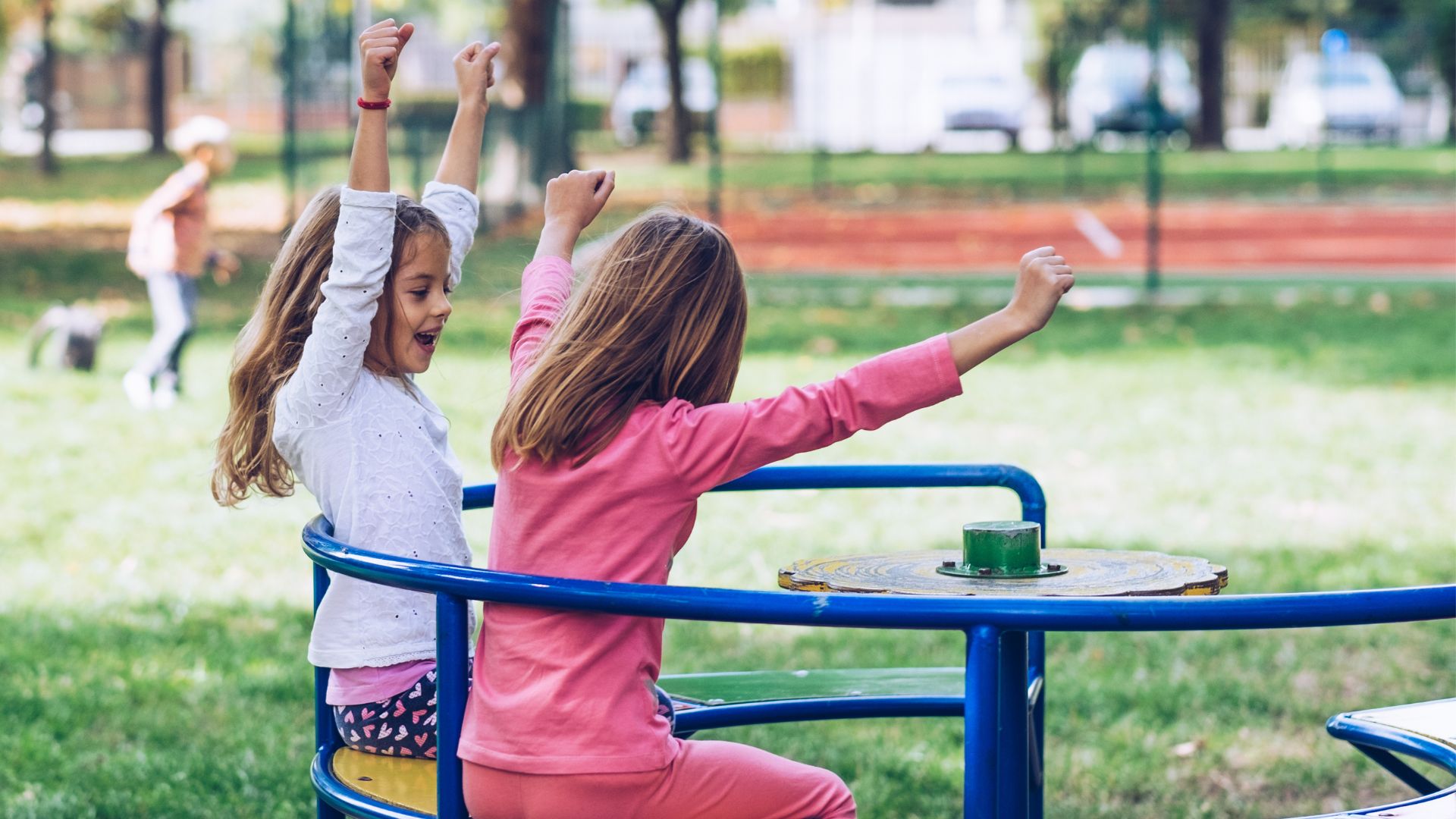- Charles Sturt PhD student Ms Caitlin Slaney is conducting a study into the experiences of community participation for children with communication disabilities
- The study will be conducted through interviews with primary caregivers of children with communication disabilities
- Eligible participants living in Australia are encouraged to join the study before May 2024
A Charles Sturt University PhD student is helping break down communication barriers for young children in a bid to create more inclusive communities.
Ms Caitlin Slaney, who is based in Albury, is completing her PhD in Speech Pathology with the Charles Sturt School of Allied Health, Exercise and Sport Sciences.
Her study is delving into the ways children’s communication disabilities can influence how they interact and participate in everyday life and how to improve their experiences as a result.
“Disabilities around communication can show themselves in a number of forms, from challenges speaking, hearing, listening, understanding, reading, writing, using their voice or even with social skills,” Ms Slaney said.
“This could be a result of Cerebral Palsy, Autism, an intellectual disability or global development delay. But children are also able to use a range of other forms of communication, such as speech, gestures, sign language, speech devices, facial expressions and visuals.”
Ms Slaney is calling for primary carers of preschool-aged children with communication disabilities to participate in her study by sharing their insight in a 60- to 90-minute interview.
“The interview will focus on their lived experience of participation in community activities for their child or children with communication disabilities, and discuss what it means for them and their family, what it looks like and how they work with and around it,” she said.
Community participation for children includes different activities such as playing sport, going to the supermarket or cinema, going for a bike ride or joining a playgroup, and is vital for their physical and mental health, social and emotional growth, and quality of life.
“This participation offers children opportunities to creatively express themselves, develop friendships and their sense of identity, as well as establish a sense of belonging,” Ms Slaney said.
“I believe it is important to understand the community participation experiences of children with communication disabilities and then the support necessary for them to actively engage in community activities.”
To be eligible to participate in the study, you must live in Australia and have at least one child aged three to six years old with communication disabilities.
Ms Slaney reminded people who have little knowledge of what it’s like to live with, or care for, a child with a communication disability to be patient.
“When you meet children in the community who may have communication disabilities, please remember it takes a village to raise a child,” she said.
“You can be the difference between that child experiencing success and that child facing more barriers. Let us all support every child to access their right to community participation.”
For more information or to get involved, visit the study website.
ENDS






Social
Explore the world of social